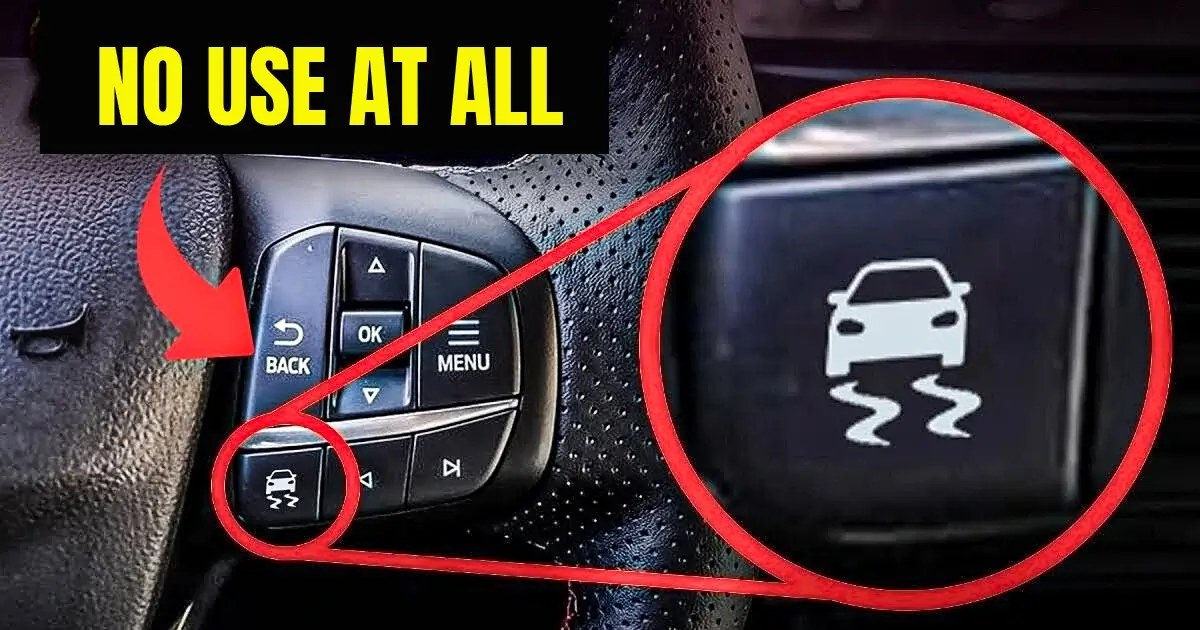Numerous car buyers end up spending on flashy functions they rarely use. These extras often look remarkable in the showroom but turn out to be needless once you’re driving. Buttons and functions accumulate, leaving drivers puzzled or indifferent. I have personally fallen for these “essential” add-ons, only to regret the wasted expense later. This article emphasizes five common features that seem useful but are generally left untouched.
1. Built-in Navigation Systems That Age like Milk
Let’s be honest, you already use Google Maps, Apple Maps, or Waze. The built-in navigation system? It is awkward, outdated, and typically requires a $200 update that you’ll never purchase. By the time your seller is offering “map updates,” the roads in your locality may have already changed twice.
I once tried using my car’s nav system due to guilt (you know, to justify the extra expense). It took me three screens just to type in a location, and the route it recommended had me detour through a cornfield. After that, I’ve stuck to my phone. And so will you.In short you’re basically paying for a second-rate GPS when your mobile is far better and costless.
2. Gesture Control: Cool in Theory, Awkward in Practice
You wave your hand in front of the dashboard to switch a song or adjust the sound level. Seems like something from a sci-fi movie, right? Actually, it seems like you’re swatting at unseen flies while your riders try not to laugh.
Car makers advertise gesture control as a “more secure” alternative to touching the display. But is waving your arm around really more secure than tapping a button? It’s not. I gave up after one week because half the time, the system failed to recognize my gesture or, worse, misunderstood it and blasted the radio when I wanted it quiet.
3. Eco Mode That Turns Your Car Into a Sloth
You know that small button with the symbol of a leaf? Press it, and your car claims to save fuel. What it actually does: makes your car feel like it is dragging a piano on slop. Acceleration turns slow, the AC weakens, and the supposed fuel savings are so minimal you’d need a calculator to notice.
I tested eco mode for thirty days out of curiosity. The “benefits”? saved maybe a tiny amount on gas, but lost patience whenever I tried merging onto the highway. Life’s too short to drive a vehicle that feels half-asleep.
4. Rear Entertainment Screens (a.k.a. Dust Collectors)
Companies love selling families on the concept of built-in screens on the back of the front seats. “Your children will love it on long road journeys!” the salesperson beams. Reality check: your children already have iPads, tablets, or smartphones. And those devices always get new apps and games.
The car’s rear display system? It plays DVDs. Could accept a USB drive if you’re lucky. I know parents who never even remove the plastic layer from the screens because their kids just watch Netflix on their own devices.
5. Adaptive Cruise Control You’ll Rarely Trust
Conceptually, adaptive cruise control is impressive; it automatically changes your speed to match traffic. In reality, most drivers don’t rely on it. Why? Because it either stops too late, accelerates too slowly, or freaks out when another vehicle cuts in front.
I once let my car manage stop-and-go traffic, and it almost hit the bumper of the SUV ahead before hitting the brakes hard. My heart did not forgive it for many days. From that time, I stuck to classic cruise control or just driving manually.
Also Read:
- Nearly 30% of UK Drivers Believe Car Tax Should Be Based on Mileage — Survey
- Why Planes and Boats Escaped the Luxury Tax But Cars Didn’t
- Australia’s Headlight Confusion: Authorities Warn Drivers After Viral $250 Headlight Rule Goes Wild Online
- 2025 Hyundai Venue Facelift Launched in India – Full Details, Variants, and Price
- Royal Enfield Bullet 650 Unveiled at EICMA 2025: A Classic Legend Returns
What You Can Do Instead
So, what’s the main point here? You don’t need to feel bad about skipping these expensive features. Alternatively, think strategically:
- Stick to the basics. While purchasing, avoid premium packages unless you are sure you’ll use the features.
- Test before you purchase. Actually try eco mode, navigation, or gesture setup at the dealership. See if it fits your needs.
- Lean on your phone. Your smartphone can already handle navigation, fun features, and even voice commands better than most cars.
- Upgrade what matters. Invest money in things you’ll truly notice every day, like comfy seats, safety systems, or sound reduction.
- Accept the waste. If you have already purchased these features, don’t worry. Think of them as secret “luxuries” that were not essential, but someone else might geek out over when you sell the car later.
Conclusion
Vehicles today are packed with gadgets, some useful, some pointless. The issue is, you are paying for both. By being more careful with your choices, you can avoid the fluff and concentrate on the useful features that actually make driving much better. Ultimately, at the end of the day, the ideal car is not the one with the most gadgets; it’s the one that keeps you happy and want to drive it every single day.
